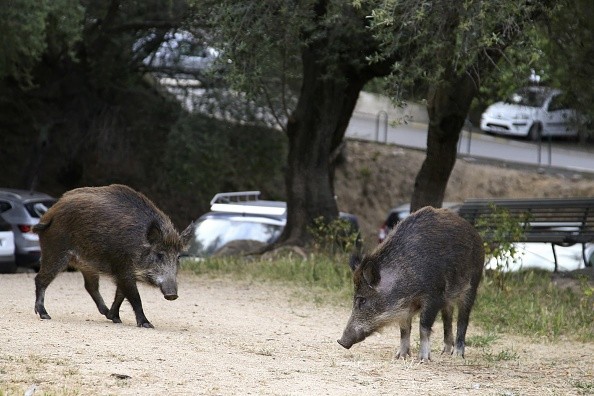Recently, a group of wild boars showed that at times working as a team actually makes the dream work as they succeeded in freeing one another from confinement in a first rescue attempt in the world (for science).

The Rescue Attempt
Such escape efforts have only been reported among a handful of species that always intend to help others, including ants and rats. They are recognized as species that show an advanced form of empathy. In a new study, a female boar was able to release two trapped young boars and not only that, she also did the rescue with exceptional efficiency, say the researchers.
Four major characteristics for the purposes of observational science defines a rescue attempt, since researchers need to have the ability to recognize it from other forms of social interaction.
A proper rescue attempt requires: a victim in distress; a rescuer that put themselves at risk in their attempt to give the victims their freedom; some kind of substantial action taken to free the victim, even though it's unsuccessful; no immediate reward to the rescuer if they succeed in freeing the victim (they're not carrying out the rescue for food or sex).
Also Read: Piggy Eaters: Boars Wash Their Food
The Escape
This sequence of events was made for a group of boars who were the main topic of a new paper released in the journal Scientific Reports. A trap was placed in the midst of a group of wild boars - Sus scrofa - that would be set off by individuals that goes into it.
There was a young and subadult in the trap when the doors went down and they began to show signs of discomfort after clocking their condition by charging at walls of the trap and moving all over.
A group of eight boars with an adult female included in the group was noticed to be standing outside the cage within a few hours. The mane of the female was erected while she raged at logs gripping the trap in place. While the photo proof of the rescue attempt has some little gaps, it shows her efforts were successful in manipulating both the front and back logs that hold the trap together, eventually pulling out the front one totally.

Rescue Behaviour
At this stage, the boar inside the cage putting force against the fence could be open it and, while it took them some time to figure it out, both of them were eventually freed.
The study authors wrote that "the whole rescue was fast and particular behaviours were complex and precisely targeted, suggesting profound prosocial tendencies and exceptional problem-solving capacities in wild boar. The rescue behaviour might have been motivated by empathy because the rescuer female exhibited piloerection, a sign of distress, indicating an empathetic emotional state matching or understanding the victims."
For more news, updates about wild boars and similar topics don't forget to follow Nature World News!
© 2025 NatureWorldNews.com All rights reserved. Do not reproduce without permission.





